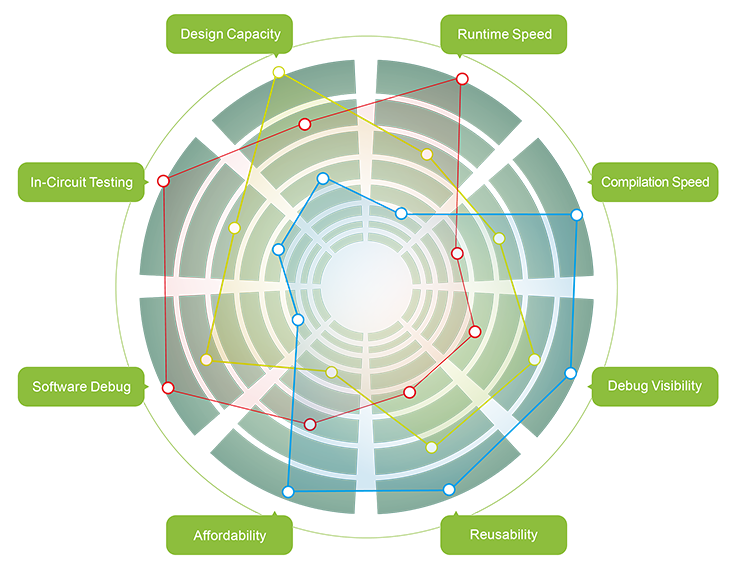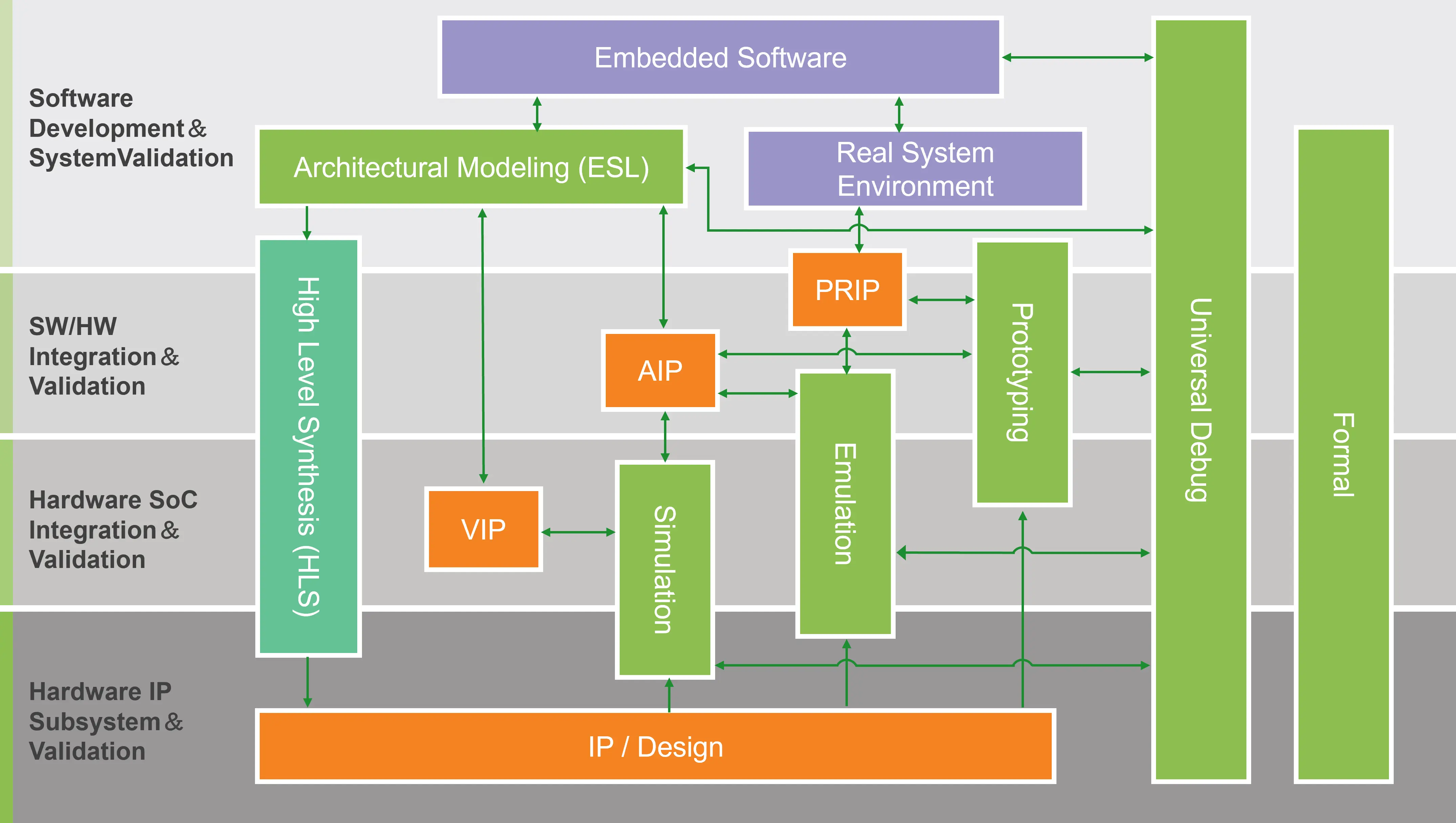Chip designers do their best to use the latest cocktail of verification techniques and tools, and EDA companies continually innovate new verification tools, design flows, and pre-verified silicon IP, in a valiant effort to achieve the elusive goal of achieving chip design verification perfection.

High performance and high density
Automatic partitioning
Deep trace debug
Flexible & powerful I/Os
Flexibly design in various ways
Cycle and event driven mode
High speed simulation engine
Advanced modeling interface
RTL code analysis
Logic equivalent check
Vacuous assertion check
Verification progress and coverage measurement
Architecture design
System performance analysis logic equivalent check
Virtual devices
IP modeling in early design stage
The increasing size and complexity of SoC/ASIC designs have led to an exponential increase in the complexity of validation. In order to reduce time to market, it is important to choose different verification tools in different design stages to improve efficiency and accelerate the convergence of verification.

Design architecture planning, system performance analysis, virtualization application scenarios and IP modeling in the early stage
Support SystemVerilog, Verilog and VHDL RTL level simulation
Hardware simulation accelerates super-large design simulation speed and supports automatic compilation and full signal visibility
High-performance prototype verification for early software development and extensive system testing
Use transaction-level interfaces to reduce test program development time while ensuring the accuracy of system results
